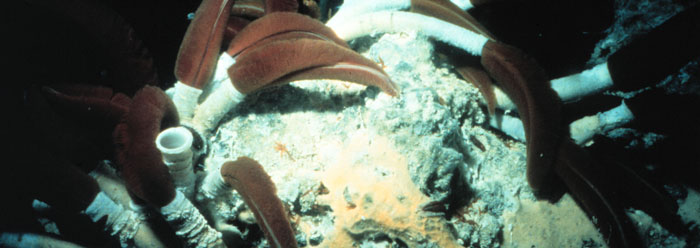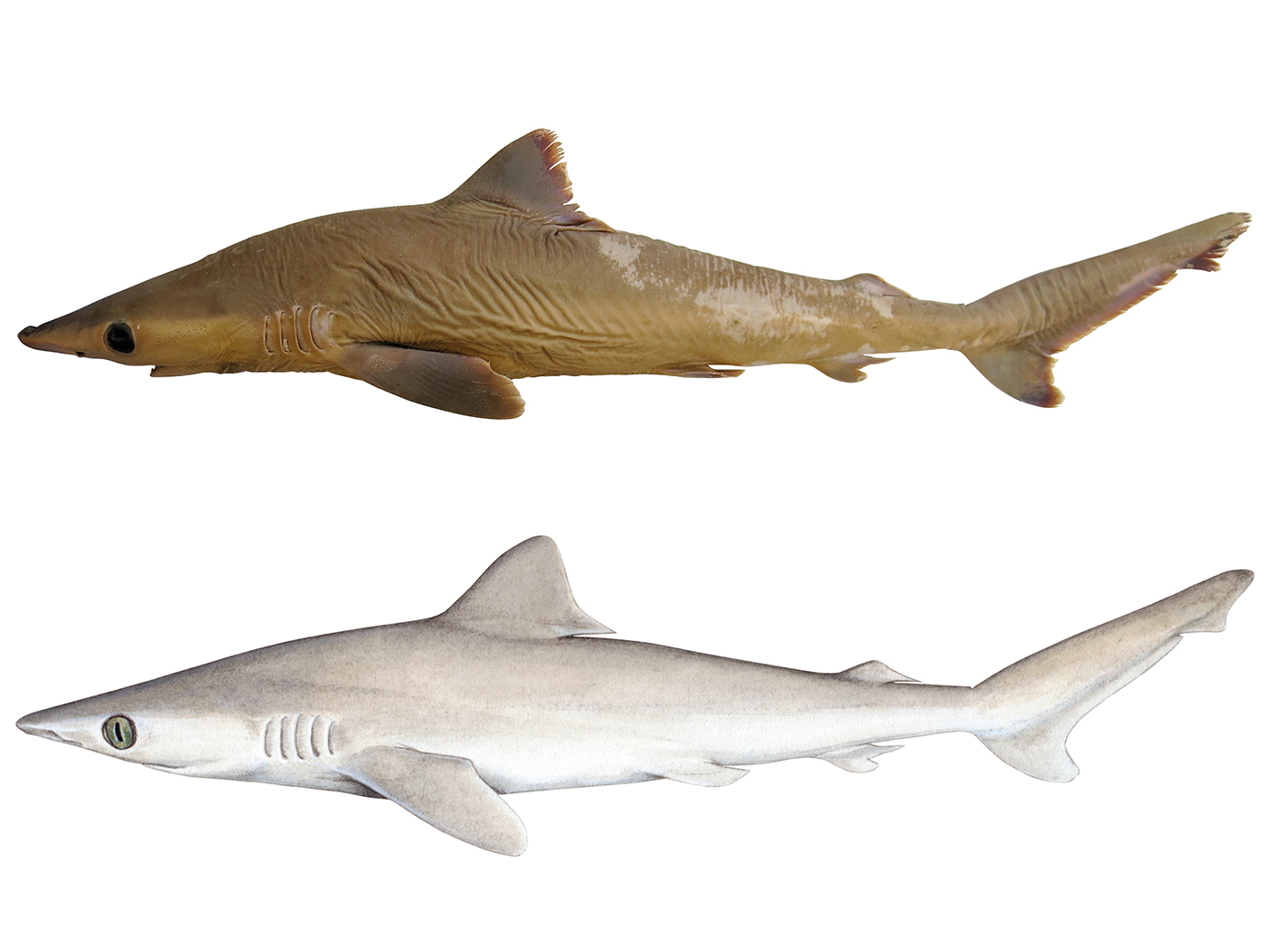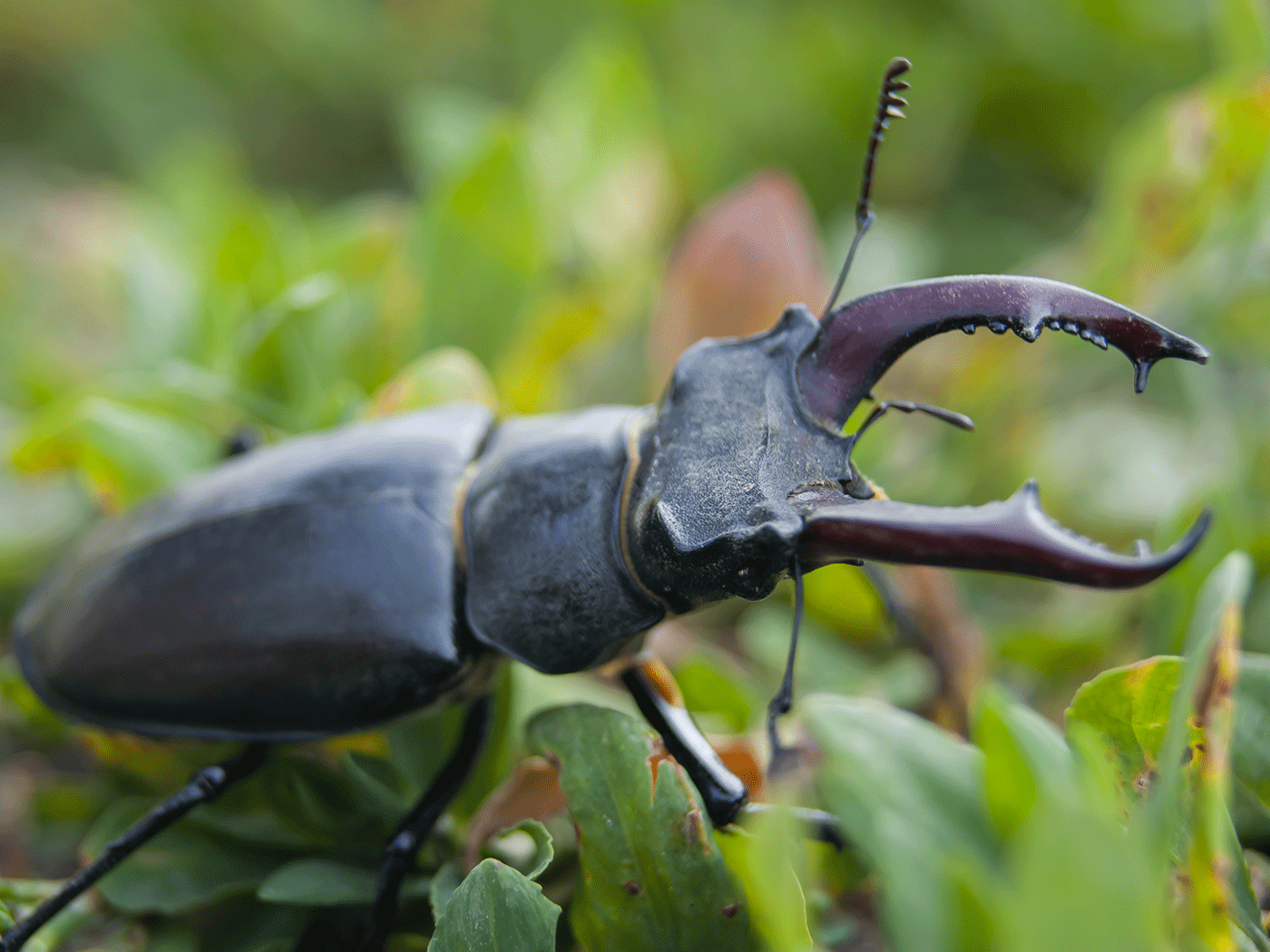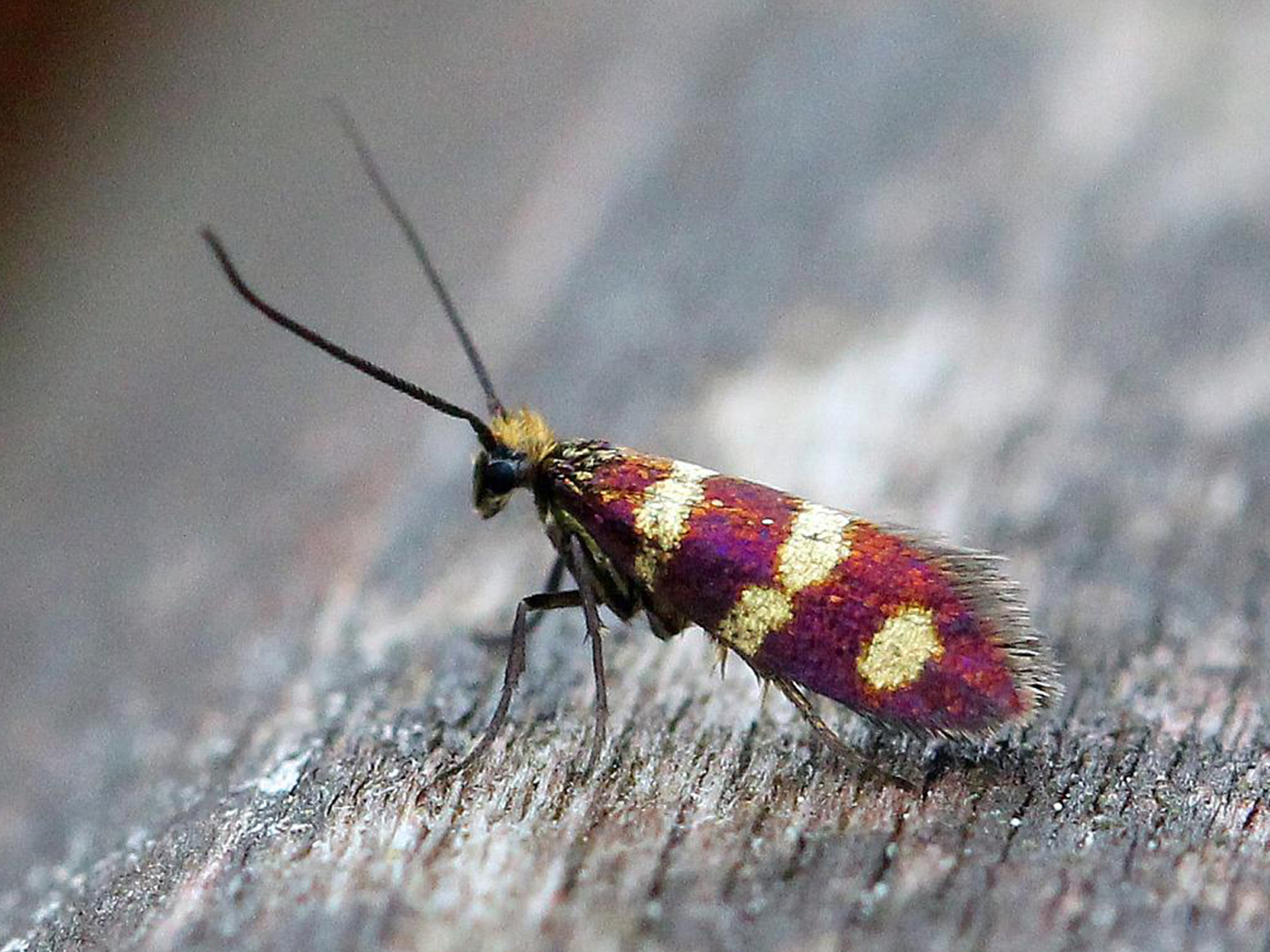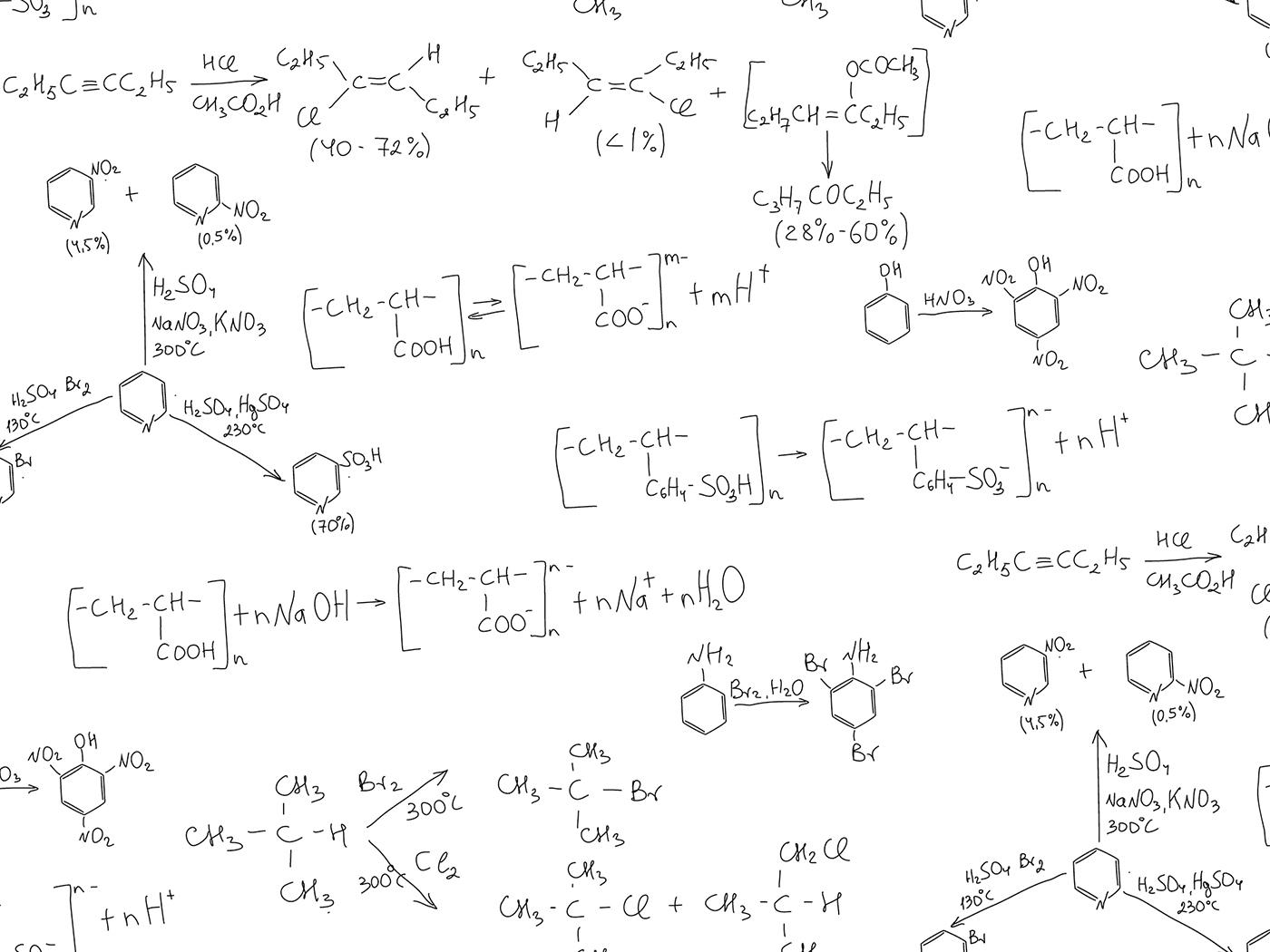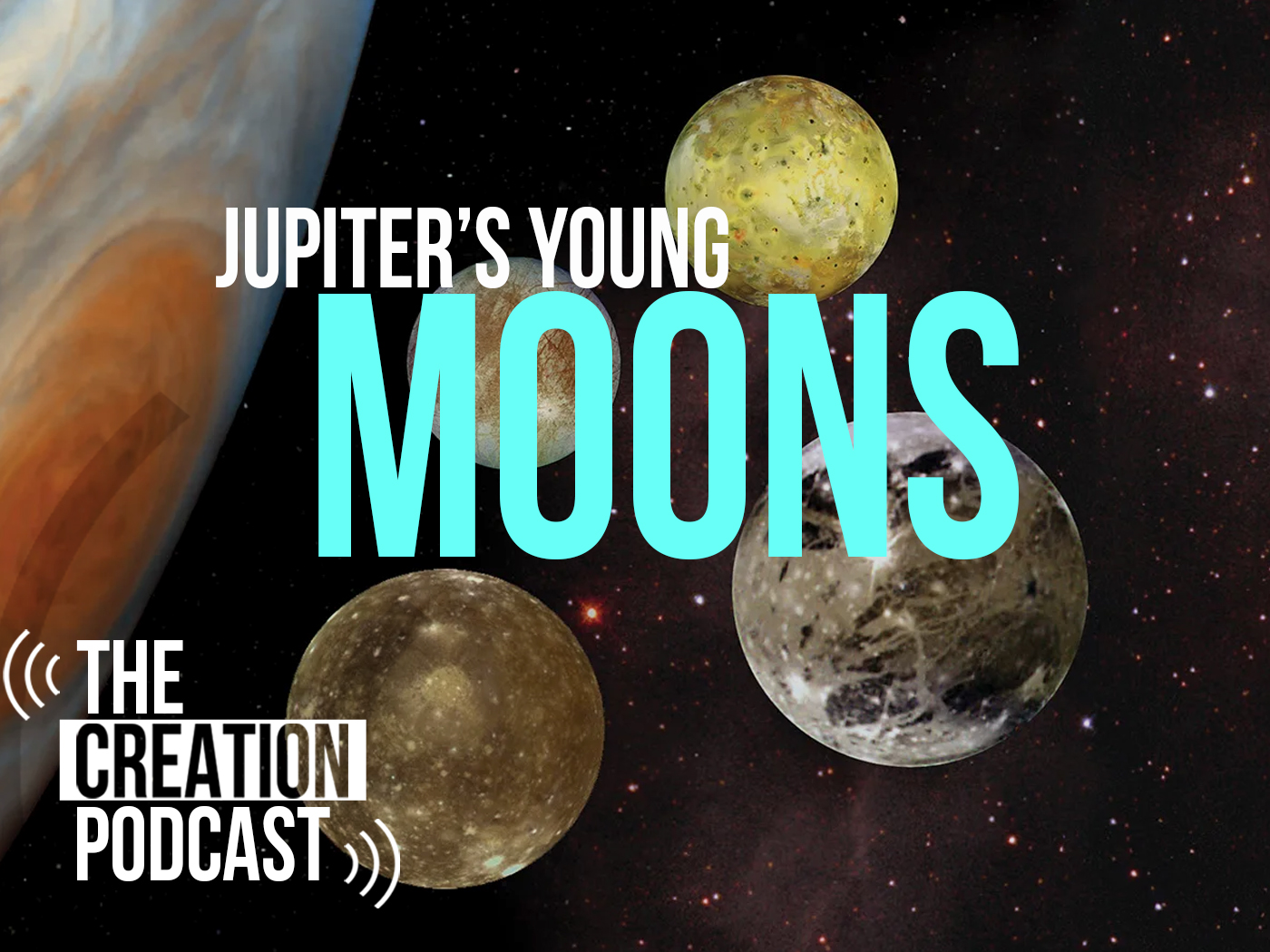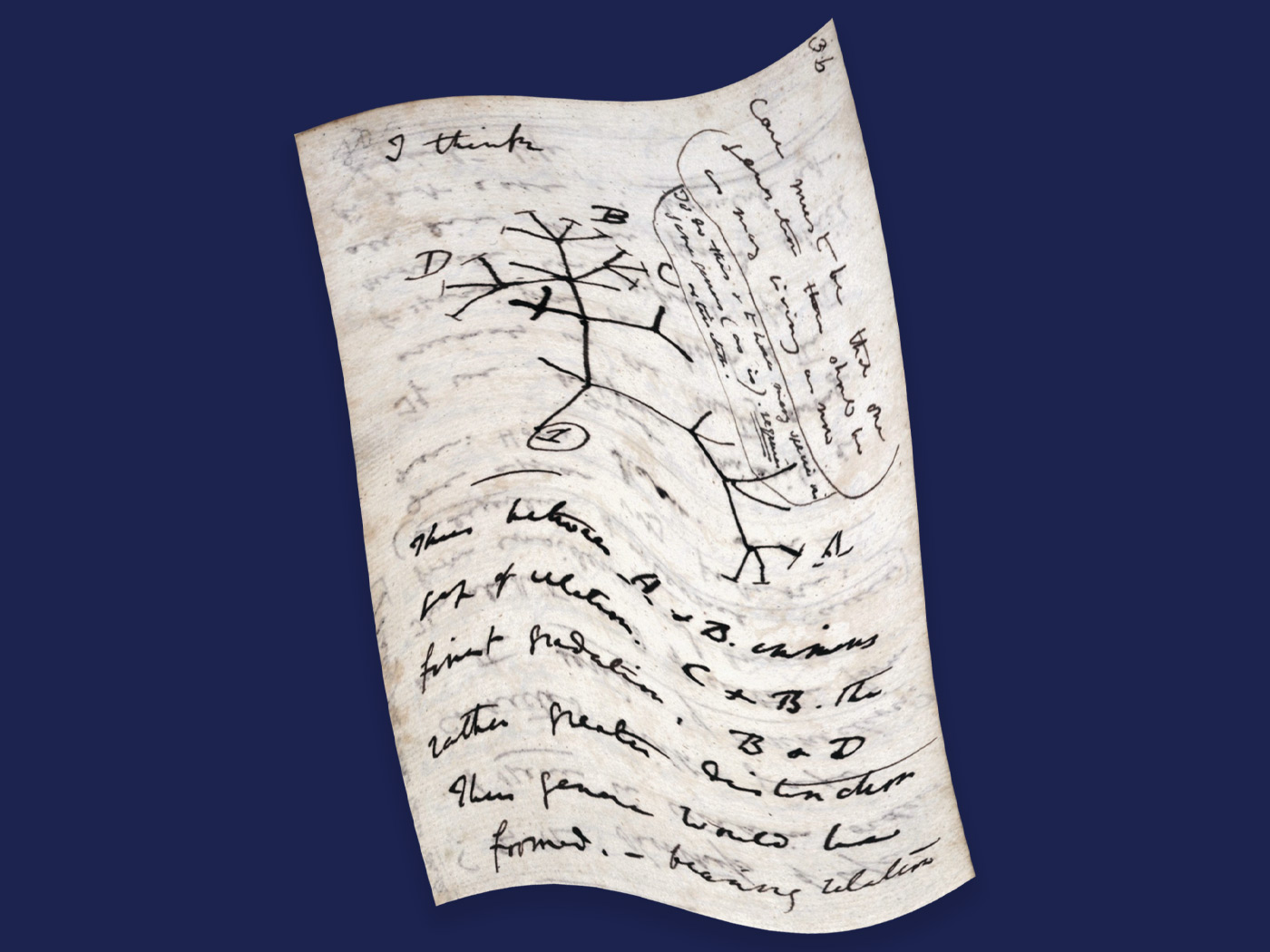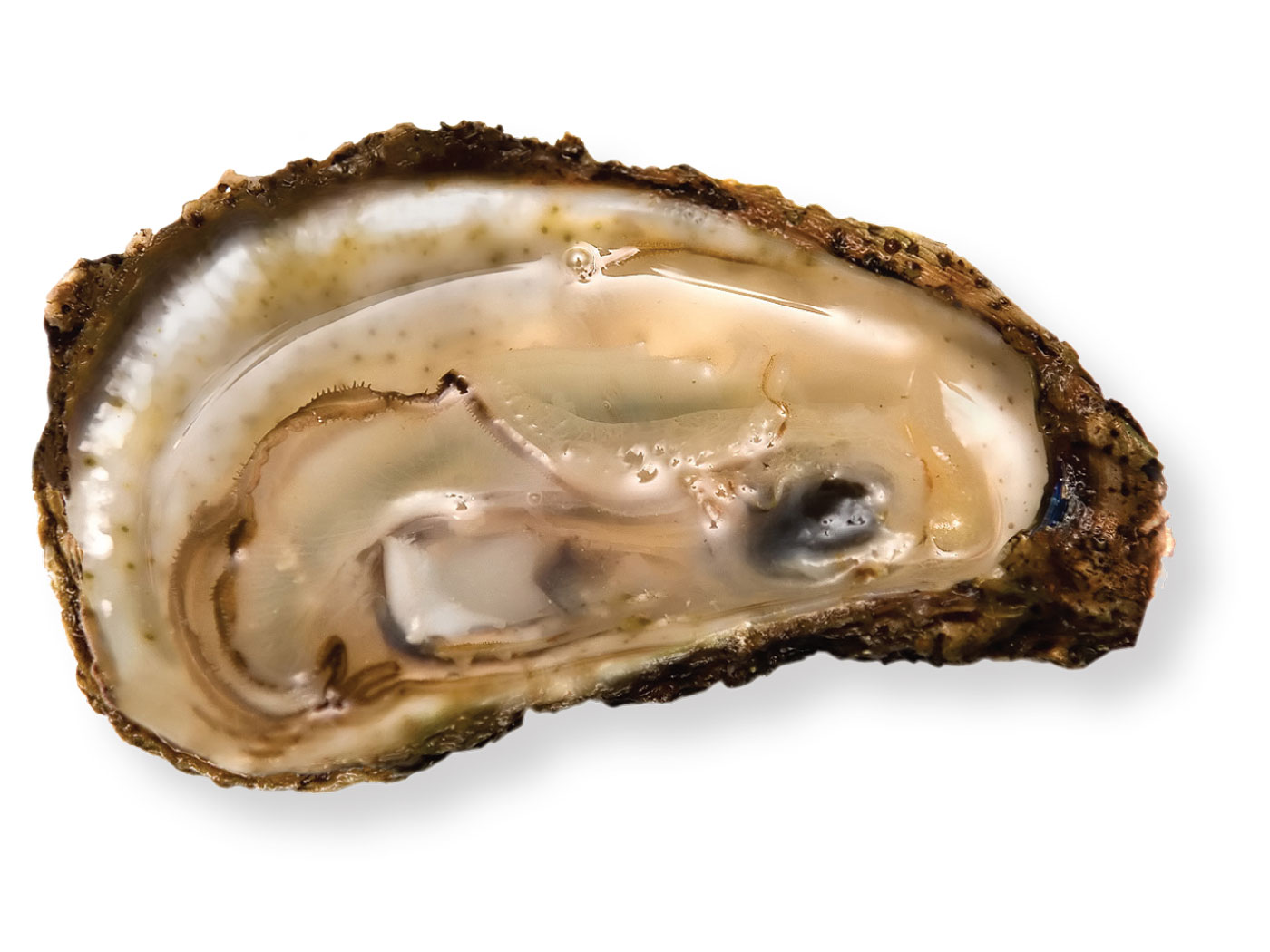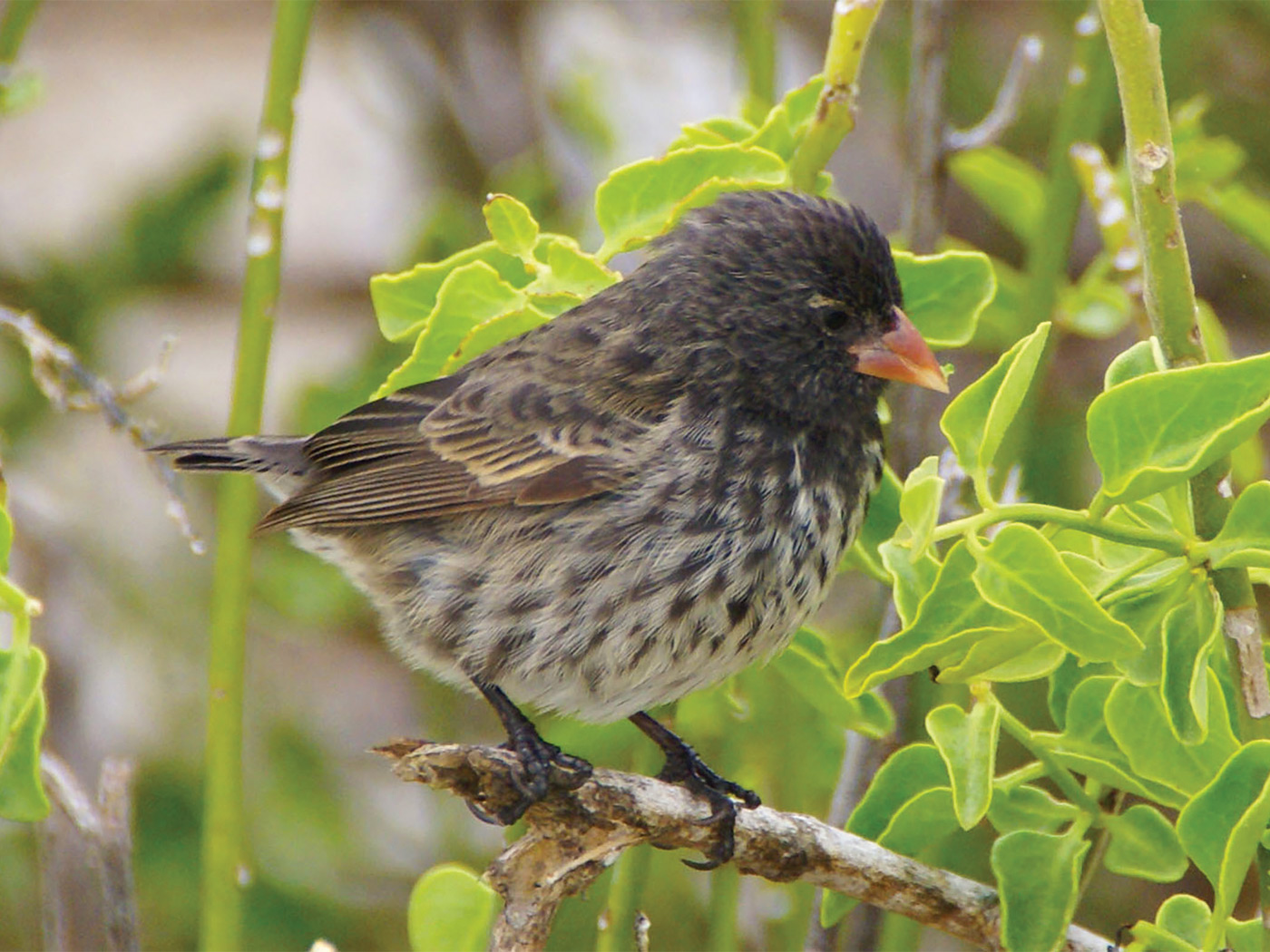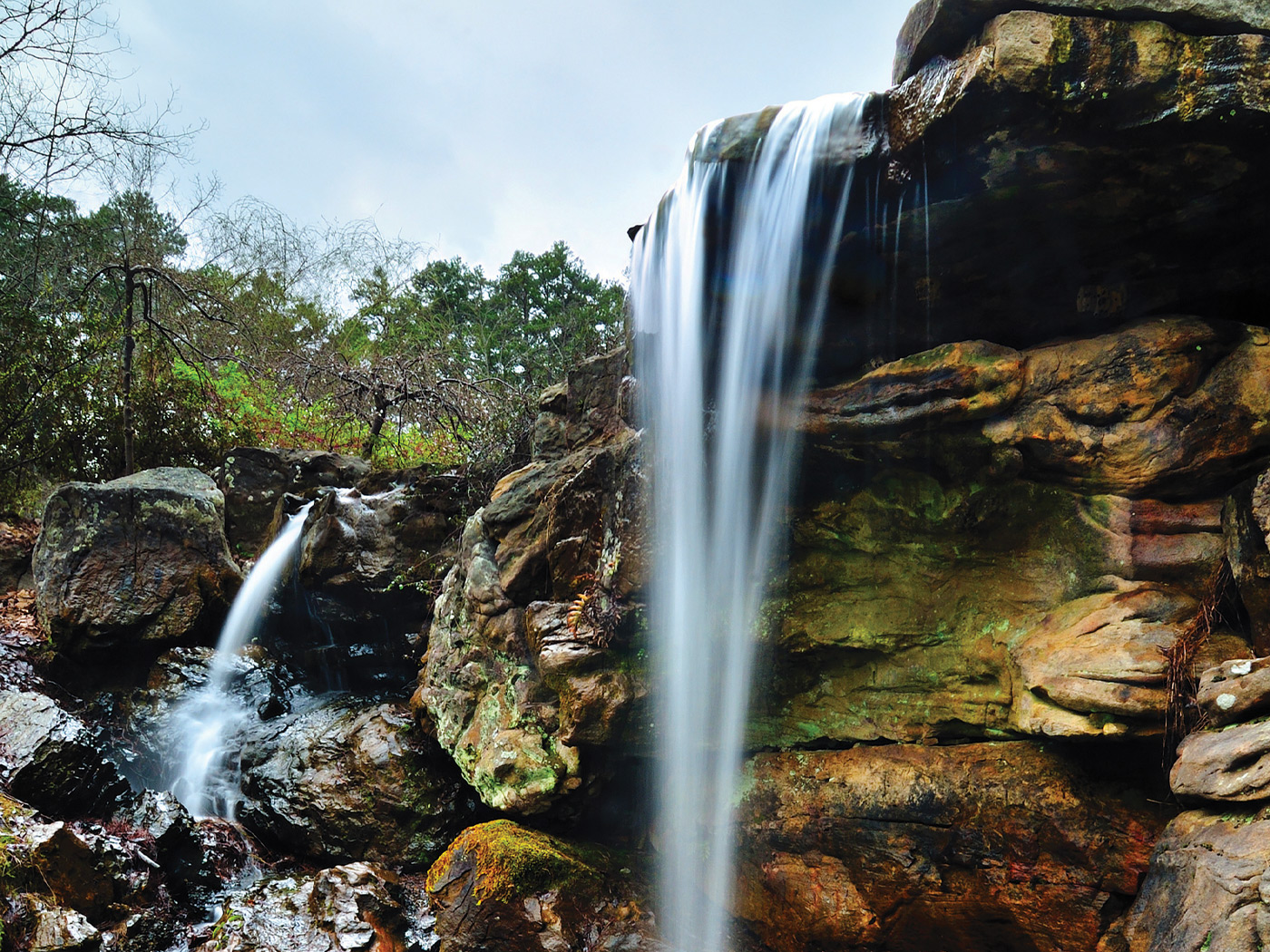Spectacular details in a special worm fossil contradict even the longest age estimates for genetic disintegration. This worm should have gone extinct a thousand times over, but apparently it didn't die off even once.
The beard worm fossils recovered from deep-bore holes in Lithuania and Russia were assigned an age of over 550 million years. One problem with this is that these fossil worms look just like today's marine beard worms. They lived then, as they do now, in thin tubes made of chitin and protein. Living beard worms affix their sheaths to sea floor structures or sediments. Researchers from Sweden and France recently wrote in the Journal of Paleontology that their fossil worms identified so well with the modern so-called "vestimentiferan" beard worms that it qualifies them as a "living fossil."1
But is it even possible, considering how genetic decay works, that these worms could have lived in the same basic form for over a half a billion years?
Genes mutate non-stop because copying errors in DNA's precisely sequenced chemical parts occur every generation. None of the most genetically studied creatures—which include viruses, bacteria, roundworms, copepods, zebra fish, mice, and even humans—have presented an exception to the rule of slow, but steady, genetic breakdown. The universal tendency to relentlessly increase chaos in organized systems applies to biological systems, too.2
When enough DNA damage accumulates, the result is extinction. Few scientists have even dared to ask how little time would elapse, assuming reasonable decay rates, until extinction of a certain creature should occur. Like water in a bucket with a pinhole leak, DNA integrity eventually runs out.
Two researchers tracked the genetic decay history of human H1N1 flu virus, graphing its 2009 extinction due to expected DNA damage.3 Another researcher noted mutation's damaging effects to the human nervous system, and hence harm, to human intellect.4
DNA damage occurs in creatures from the tiny to the tall. No observable force thwarts genetic breakdown today, so wouldn't the same thermodynamic laws have applied in the past? Over the supposed course of 550 million years, it appears the number of DNA copying errors would be astronomical. No species could survive unchanged for even a fraction of that time.
One straightforward way to explain how these spectacular worms remained unchanged across the entire Phanerozoic rock record is to assign them an age of thousands, not millions, of years. If these beard worm fossils were deposited only thousands of years ago, then no wonder they have survived the onslaught of genetic decay and remain unchanged to the present day.
References
- Moczydlowska, M., F. Westall, and F. Foucher. 2014. Microstructure and Biogeochemistry of the Organically Preserved Ediacaran Metazoan Sabellidites. Journal of Paleontology. 88 (2): 224-239.
- Sanford, J. et al. 2008. Using Numerical Simulation to Test the Validity of Neo-Darwinian Theory. In A. A. Snelling, Ed. Proceedings of the Sixth International Conference on Creationism. Pittsburgh, PA: Creation Science Fellowship and Dallas, TX: Institute for Creation Research. 165–175.
- Carter, R., and J.C. Sanford. 2012. A new look at an old virus: patterns of mutation accumulation in the human H1N1 influenza virus since 1918. Theoretical Biology and Medical Modeling. 9 (42).
- Crabtree, G. R. 2013. Our Fragile Intellect. Part I. Trends in Genetics. 29 (1): 1-3.
* Mr. Thomas is Science Writer at the Institute for Creation Research.
Article posted on April 23, 2014




